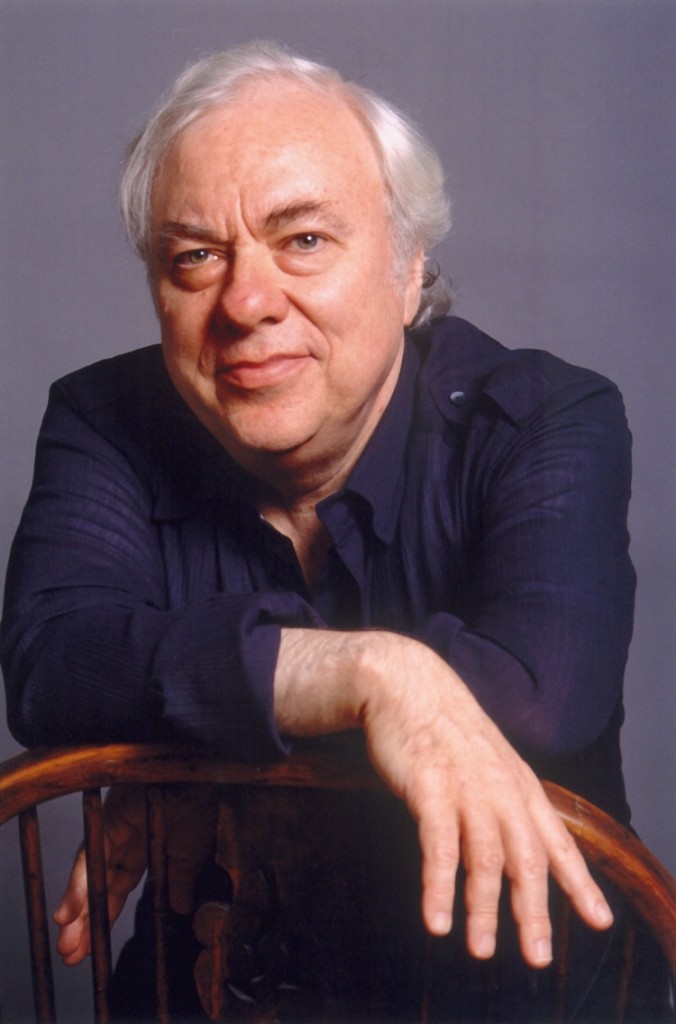Goode and friends celebrate Schumann and Brahms at Zankel Hall

Richard Goode and colleagues presented a generous program of Brahms and Schumann Sunday at Zankel Hall.
There was no explanatory program note to accompany the “Richard Goode and Friends” recital in Zankel Hall on Sunday, no lengthy apologia for the Schumann–Brahms extravaganza that would keep listeners in the hall for two and a half hours. Richard Goode simply wanted to play these pieces with these musicians, and to hear him do so was a treat.
To no one’s surprise, Richard Goode’s playing was exquisite. He is absolutely at home in this repertoire, and brings in his approach a rich sentiment, free of any trace of artifice. The keyboard sang under his hands, his delicate touch producing a soft glow of sound from the piano. And though his was the first name on the program, his role in the recital was more that of a generous partner than a star attraction, as he seemed at times to recede into the background, taking the spotlight only once in a blue moon, and only at exactly the right moments.
The most impressive of his collaborators was the young soprano Sarah Shafer, who sang a total of thirteen well-selected lieder over the course of the recital. Zankel was a little unkind to her—she has a bright voice to begin with, and the hall’s acoustic only amplified that, to the point that her top began to sound piercing.
But her connection to and understanding of the material were such that her interpretations came through in strong, powerful performances. In the first of Brahms’s “Jung Lieder,” she showed gorgeous flow and wide-eyed excitement, followed by calm, tender reflection in “Lerchengesang.” Shafer’s best tone came and went, but she did find room to soar in the spacious reaches of “Wir wandelten.”
Shafer’s finest work came in her Schumann selections—the “Intermezzo” from Liederkreis was perhaps the strongest display of her poetic sense, her subtle phrasing coming as naturally as breath. “Der Sandmann” was an opportunity for her to display the variety in her voice, changing color and character on a dime, seamlessly switching between registers, and singing with playful relish. “Heiß mich nicht reden” showed Shafer at her most intense, given us a chance to hear her crackling, lean chest voice.
The instrumental chamber works were less even. Goode was joined by violinist Itamar Zorman and cellist Brook Speltz for Schumann’s Piano Trio No. 2, a lively piece that never took flight in this performance. Zorman is a Tchaikovsky Competition laureate and Avery Fisher Career Grant recipient, but his playing on Sunday was largely unconvincing. His articulation was soft and his tone lacking in warmth; he played with an uncomfortable, nervous energy that kept the second movement from having its accustomed ease and flow. In the finale, his intonation was south of his collaborators’, but he did not seem to notice.
More successful was the final piece on the program, Brahms’s cherished Piano Quartet No. 2. Violist Kyle Armbrust joined the other instrumentalists, and the four had no trouble channeling the galloping, heroic energy of the first movement, and they wove a warm mesh in the Adagio. The fire of the Scherzo and beaming exuberance of the finale sent the audience home cheering.






